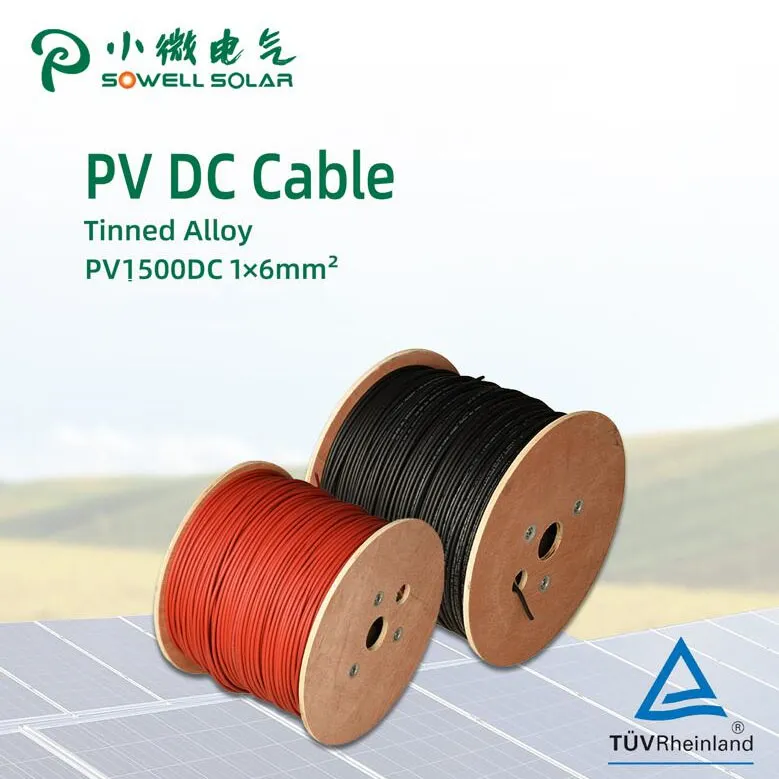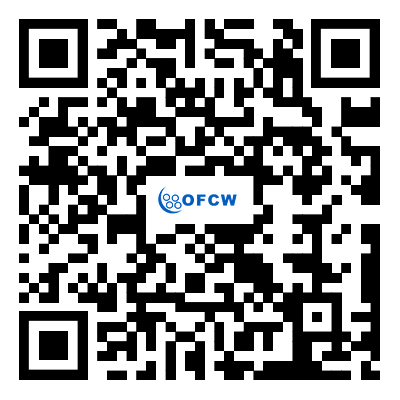Understanding Inductance in Electrical Wires: A Deep Dive into the Science and Applications
2024-10-26
Inductance is a fascinating property that plays an essential role in electrical systems, particularly in AC circuits. While inductors, transformers, and coils are often associated with inductance, the concept also applies directly to electrical wires themselves. In this blog, we’ll delve into the science of inductance in wires, its mathematical underpinnings, and the practical ways it affects both everyday and specialized applications.
What is Inductance in Electrical Wires?
Inductance in wires is the property by which a changing current generates a magnetic field, which, in turn, induces an opposing voltage in the conductor. This effect is an instance of Lenz’s Law, which states that an induced current will oppose the change in magnetic flux that produced it. In simple terms, when the current in a wire fluctuates, inductance resists this change, creating stability in circuits and affecting energy flow.
The level of inductance in a wire depends on factors such as the shape of the wire, the frequency of the current, and the magnetic environment. Engineers use the property of inductance to design circuits that can store energy, manage current flow, and even create wireless energy transfer systems.
Factors Influencing Inductance in Wires
1. Shape and Geometry:
- Coiled wires increase inductance due to enhanced magnetic field strength around each loop. Even a single straight wire has some inductance, but its effect is significantly lower than that of a coiled wire.
2. Current Frequency:
- Higher-frequency currents produce greater inductive effects because the current changes more rapidly, strengthening the opposing magnetic field.
3. Material Permeability:
- The magnetic permeability of the material surrounding the wire influences inductance. Magnetic materials, such as iron, amplify inductance, which is why magnetic cores are used in inductors and transformers.
4. Wire Length:
- Longer wires create larger magnetic fields, increasing inductance. This effect is especially relevant in long power lines, where inductance impacts energy transmission efficiency.
Types of Inductance: Self and Mutual Inductance
Self-Inductance occurs when a wire’s own changing current induces an opposing voltage. Mutual Inductance happens when one conductor’s changing current induces a voltage in a nearby conductor, as seen in transformers.
Practical Applications of Inductance in Electrical Wires
1. Inductors for Circuit Stability:
- Inductors are used in AC circuits to stabilize current by opposing sudden changes, creating smoother voltage levels. This helps prevent power fluctuations and protects components.
2. Energy Storage in Coils:
- Coils of wire (inductors) store energy in the magnetic field, allowing them to release it back into the circuit when needed, which is especially useful in energy storage devices and power supplies.
3. Transformers and Power Transfer:
- Transformers rely on mutual inductance to step up or step down voltage in power distribution. By using two coils with different turns, transformers efficiently transfer energy without direct electrical contact.
4. Wireless Charging Systems:
- Wireless chargers operate on the principle of mutual inductance, where a magnetic field created by a charging pad induces a current in the receiving coil in the device.
Limitations and Challenges of Inductance in Wires
1. Energy Losses in Power Lines:
- Inductance in power lines can lead to energy losses, especially in high-frequency applications, due to resistive effects and the generation of opposing EMF.
2. Signal Interference:
- In data transmission, inductive interference can distort signals, leading to noise and affecting communication clarity. Signal cables often require shielding to counteract this effect.
3. Inductive Heating:
- Inductive heating, caused by magnetic fields around wires, can pose a challenge in high-power applications. This effect can lead to inefficiencies and potential component damage.
Inductance is a foundational concept in electrical systems that affects both the behavior and efficiency of circuits. By understanding inductance in wires, engineers and designers can better predict how circuits will behave, optimize energy storage and transfer, and mitigate issues like interference and power loss. From enhancing stability in electronics to powering wireless charging systems, inductance remains a critical element in electrical and electronic engineering.



